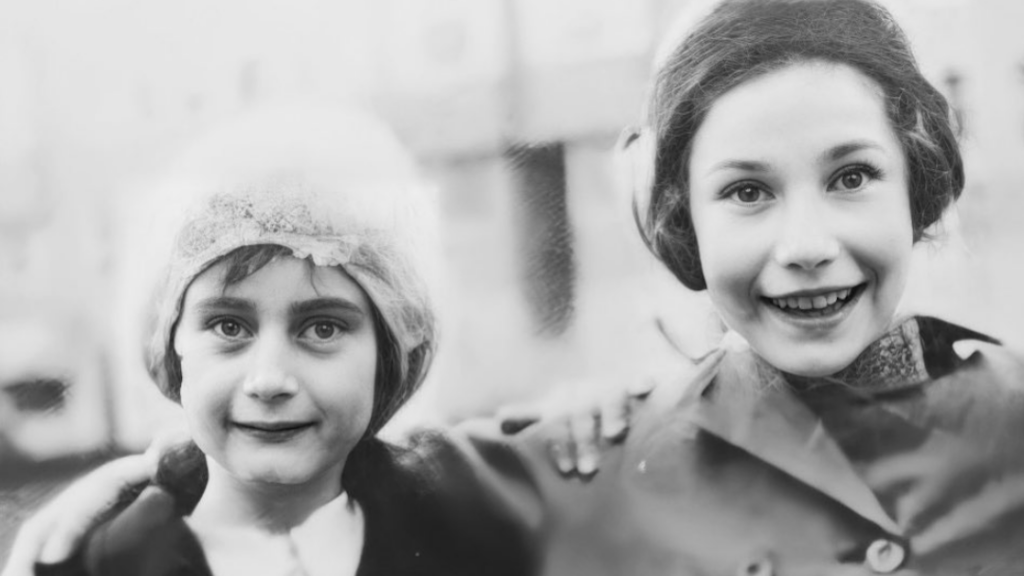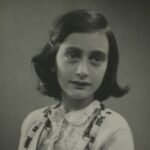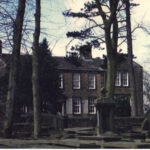Historical Essays
Anne Frank’s Friends: Living Memory and the Holocaust
By Jonathon Van Maren
Inoticed recently that Hannah Goslar passed away in October 2022 in Jerusalem at the age of 93. A survivor of Bergen-Belsen, she was known as a close friend of the world-famous diarist Anne Frank in Amsterdam during World War II. The girls were separated when the Franks went into hiding, but in a bizarre stroke of fate, Hannah saw Anne in Bergen-Belsen several years later in February 1945, speaking to her through a barbed-wire fence stuffed with straw that separated the prisoners. Their reunion was short-lived. Researchers believe that the 16-year-old Anne died of typhus shortly after her last meeting with her beloved ‘Hanneli.’
Goslar died before her memoir My Friend Anne Frank: The Inspiring and Heartbreaking True Story of Best Friends Torn Apart and Reunited Against All Odds was released this month, but Netflix released a film based on their story, My Best Friend Anne Frank, in 2021. Where is Anne Frank, an animated film which follows ‘Kitty,’ the imaginary friend to whom she addressed her diary was released the same year; in 2022, HarperCollins published The Betrayal of Anne Frank: A Cold Case Investigation, which pinpointed a new suspect in the case; and in 2023, National Geographic released A Small Light, a miniseries about Miep Gies, Otto Frank’s employee who helped to hide the family. Almost 80 years after her death, the world is still fascinated by Anne.
The story of Anne Frank has become a global industry, but with the death of Hannah Goslar, there are few left alive who knew her. Everyone who hid in the secret annex is dead—the Van Pels family, Fritz Pfeffer, Edith, Anne, and Margot all died in the camps, and sole survivor Otto Frank died in 1980. Those who hid them are all gone, too. Miep Gies—who saved Anne’s diary and gave it to Otto when he returned—passed away in 2010 at the age of 100. Each year until she died, she spent all of August 4, the date of the betrayal, in mourning. Karl Silberbauer, the Nazi officer who arrested the Franks, died in 1972. Janny Brandes-Brilleslijper, a prisoner working as a nurse at Bergen-Belsen and one of the last people known to see Anne and Margot alive, died in 2003.
Most of Anne’s friends were murdered, but there are a few left who still carry her in their memory. Classmate Nanette Blitz Konig, now 94, lives in Brazil. She too survived Bergen-Belsen, where she once caught a glimpse of her friend Anne, head shaved, in a “large field of women” resembling “a walking skeleton.” Jacqueline van Maarsen, also 94—referred to as ‘Jacque’ in Anne’s diary—survived the war despite being Jewish because her Christian mother successfully got the ‘J’ (for Jew) removed from the family’s ID card. And there is Eva Schloss, who met the Frank family in Amsterdam when her family fled Austria in the wake of Anschluss. Years after the horrors of the Holocaust had swept away her father, her brother, and all the Franks but Otto, she posthumously became Anne’s step-sister.
Eva and Anne
“She was just one of my playmates,” Schloss told me in an interview from London. “She was very lively, and very nice, but I was a tomboy, and she was really a sophisticated girl. So, you know, we were not best friends. She was interested in hairstyles, clothes, and boys, and I had a brother, so boys were no mystery to me. We used to play as kids do, skipping and gossiping.” The two little girls were part of a large group of children—Schloss recalls about 30—who were largely from the expatriate community from Germany and Austria. When her brother got called up for deportation by the Nazis in July of 1942, the family went into hiding, just as the Franks had when Margot received a summons for labor duty. Unlike the Franks, Eva’s family was separated—no hiding place would take four people.
In 1944 after two years in hiding, on her 15th birthday, Eva and her mother were betrayed by a Dutch nurse working for the Gestapo. Her father Erich and brother Heinz Geiringer were also captured. The family saw each other again on a train heading for Auschwitz. Eva and her mother survived; Erich and Heinz perished on one of the forced death marches as the Red Army approached. Liberation, Eva remembers, was “joyless”—nearly every Jewish family had been devastated by the years of extermination. As they traveled through Poland, Ukraine, and Russia, the two women witnessed the “terrible, terrible devastation” of the Nazi “scorched earth” policy. Eva moved to London and married another refugee, Zvi Schloss, in 1952. Her mother, Elfriede, met Otto Frank, who had also lost his spouse and both of his daughters. They grew close and, in 1953, they married. Elfriede joined Otto on the road to promote Anne’s diary.
READ THE REST OF THIS COLUMN AT THE EUROPEAN CONSERVATIVE








